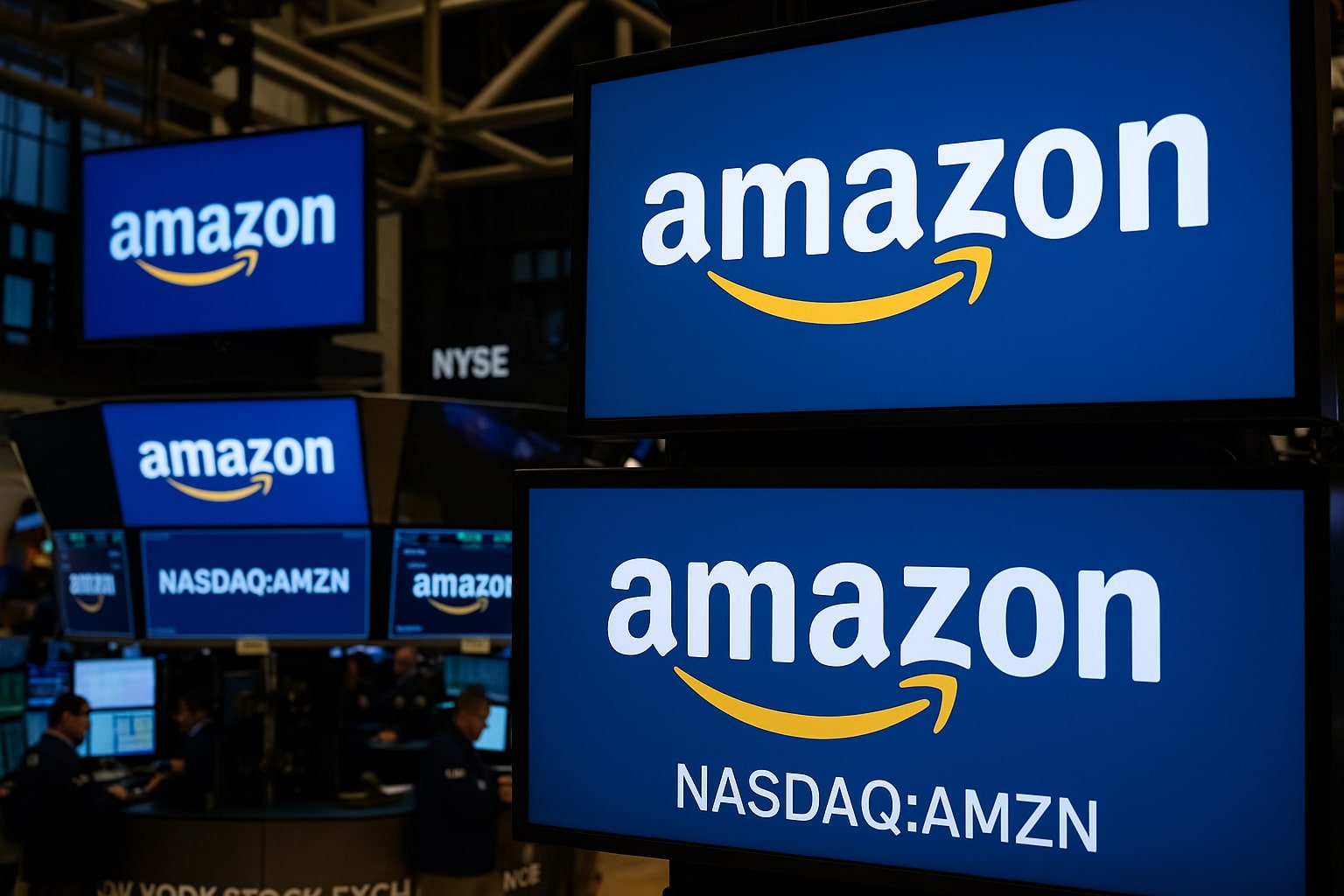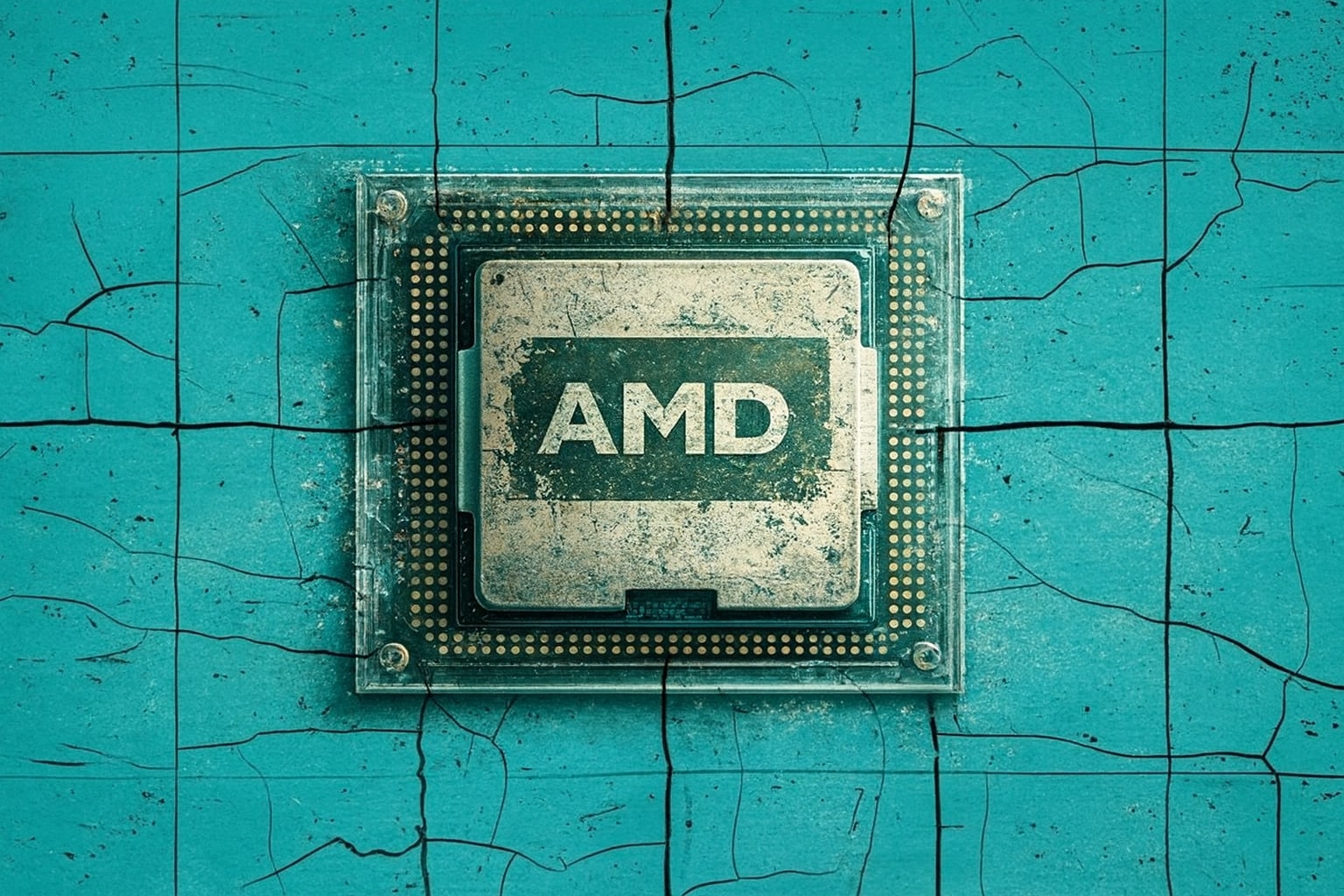Amazon's Long-Term Growth Strategy: Analyzing NASDAQ:AMZN Stock's Future
As of the latest updates, NASDAQ:AMZN has shown strong potential to dominate various sectors despite some short-term volatility. The company has successfully diversified its portfolio over the years, expanding its operations in artificial intelligence (AI), cloud computing (through Amazon Web Services or AWS), retail, and advertising. These initiatives are supported by strategic investments, positioning Amazon well for continued growth. However, despite Amazon’s long-term outlook, short-term fluctuations and increasing competition have raised questions for investors. With its latest results showing $155.7 billion in net sales for Q1 2025 and $17.1 billion in net income, it’s clear that NASDAQ:AMZN is operating efficiently.
E-commerce and AWS Performance
While Amazon’s e-commerce dominance remains a stronghold, the competition is intensifying. As the largest U.S. e-commerce player, NASDAQ:AMZN holds over 40% of the market share, dwarfing Walmart and Target in online sales. However, this leadership is challenged by competitors like Walmart, which offers a strong physical presence, and Shein and Temu, which focus on aggressive pricing strategies. NASDAQ:AMZN continues to outpace these competitors by leveraging its Prime membership base, which boasts more than 200 million members globally.
AWS, still the backbone of Amazon’s profitability, has reported 17% year-on-year growth in Q1 2025, generating $29.3 billion in revenue. However, Microsoft’s Azure continues to challenge AWS’s dominance, growing at 33% compared to AWS’s 17%. While the growth rate may slow, AWS remains critical to Amazon's AI strategy, driving enormous computing power demands. Amazon is bolstering its position with proprietary innovations like Trainium, a chip designed for AI, and Bedrock, a generative AI platform. This reinforces Amazon’s role as a key player in the cloud and AI sectors.
Artificial Intelligence and Competitive Landscape
Amazon’s foray into AI is broader than many of its competitors. While Microsoft and Google are often seen as the primary forces in AI, Amazon has not been left behind. Through its development of Trainium, its proprietary AI chip, and Bedrock, Amazon is laying the groundwork for becoming an AI leader. Andy Jassy, Amazon's CEO, has indicated that AI is expected to become a “triple-digit growth, billion-dollar business.” This represents a huge opportunity for NASDAQ:AMZN, as AI demand surges across industries, from cloud infrastructure to generative AI models like Claude and LLaMa.
Additionally, NASDAQ:AMZN is tapping into AI for its advertising platform, which has grown to become one of its strongest revenue segments. In Q1 2025, Amazon's ad revenues rose 19% to $13.9 billion, indicating that its advertising capabilities, built on Amazon’s vast customer base, are becoming a significant contributor to the company's financials. This growth is expected to continue, with analysts predicting Amazon will soon surpass YouTube in ad revenue.
Amazon's Growing Robotics and Automation Footprint
Another key aspect of NASDAQ:AMZN’s strategy is its heavy investment in robotics and automation. Amazon operates over 750,000 robots across its fulfillment centers, making it the largest commercial user of mobile robots globally. Amazon’s robots, such as Sparrow (AI-powered robotic arms) and Proteus (autonomous mobile robots), improve operational efficiency by reducing the reliance on manual labor and increasing warehouse productivity by 25%. With these innovations, Amazon continues to set industry standards for automation, which translates into better margins and faster delivery times.
Amazon’s robotic strategy has allowed the company to manage growing consumer demand while addressing labor shortages. These advancements not only improve operational efficiencies but also help NASDAQ:AMZN minimize operational costs, positioning Amazon as a leader in logistics. In fact, Amazon’s latest Shreveport facility, which uses these cutting-edge robotics systems, has reported 25% improvements in productivity compared to older warehouses.
Financials and Valuation
In Q1 2025, NASDAQ:AMZN posted a 9% increase in YoY revenue, amounting to $155.7 billion, and $17.1 billion in net income, up by 64% YoY. However, capital expenditures remain significant, particularly in areas like AI infrastructure and data centers. For Q1 2025, NASDAQ:AMZN reported capital expenditures of $24.3 billion. While these investments weigh on free cash flow, operating cash flow remains robust at $113 billion.
From a valuation perspective, NASDAQ:AMZN is trading at a forward P/E ratio of 34x, which is considered attractive given its growth prospects. The EV/EBITDA ratio of 18x is below the five-year average of 26x, making Amazon look undervalued relative to its peers. This is especially noteworthy when compared to Walmart, whose EV/EBITDA stands at 20x. Despite the high multiple, NASDAQ:AMZN’s valuation is compelling given the growth potential of its cloud, AI, retail, and advertising segments.
Risks and Long-Term Outlook
While Amazon continues to show strong financial results and a promising future, there are several risks that investors should be aware of. The slowing growth of AWS and increased competition from Microsoft and Google in AI could impact Amazon’s dominant position in these sectors. Furthermore, NASDAQ:AMZN is facing significant capital expenditures related to its AI and infrastructure projects, which weigh heavily on free cash flow. These investments are expected to start yielding returns in 2026, but in the short term, these pressures could limit growth.
Moreover, NASDAQ:AMZN faces potential risks from tariff regulations and a slowing global economy, which could negatively impact its retail business and margins. The recent trade tensions between the U.S. and China, coupled with changes in tariff rates, could affect Amazon's cost structure and pricing strategy. However, Amazon’s ability to adapt quickly and its diversified business model help mitigate these risks.
Conclusion: Buy, Hold, or Sell?
For long-term investors with a 3-5 year horizon, NASDAQ:AMZN remains an attractive buy due to its strong market position in AI, cloud computing, and e-commerce. Despite short-term pressures and competition, Amazon’s ability to innovate and its commitment to robotics, AI, and logistics automation provide a solid foundation for future growth. The stock is currently undervalued compared to its peers, and its diversified business segments offer protection in economic stagnation. For those willing to hold through short-term volatility, NASDAQ:AMZN offers strong growth potential. However, cautious investors should monitor AWS’s growth, the impact of capital expenditures, and any regulatory changes that could affect profitability.
In short, NASDAQ:AMZN remains a strong buy for long-term investors, especially those interested in exposure to tech innovation, AI, and the growing digital economy.



















